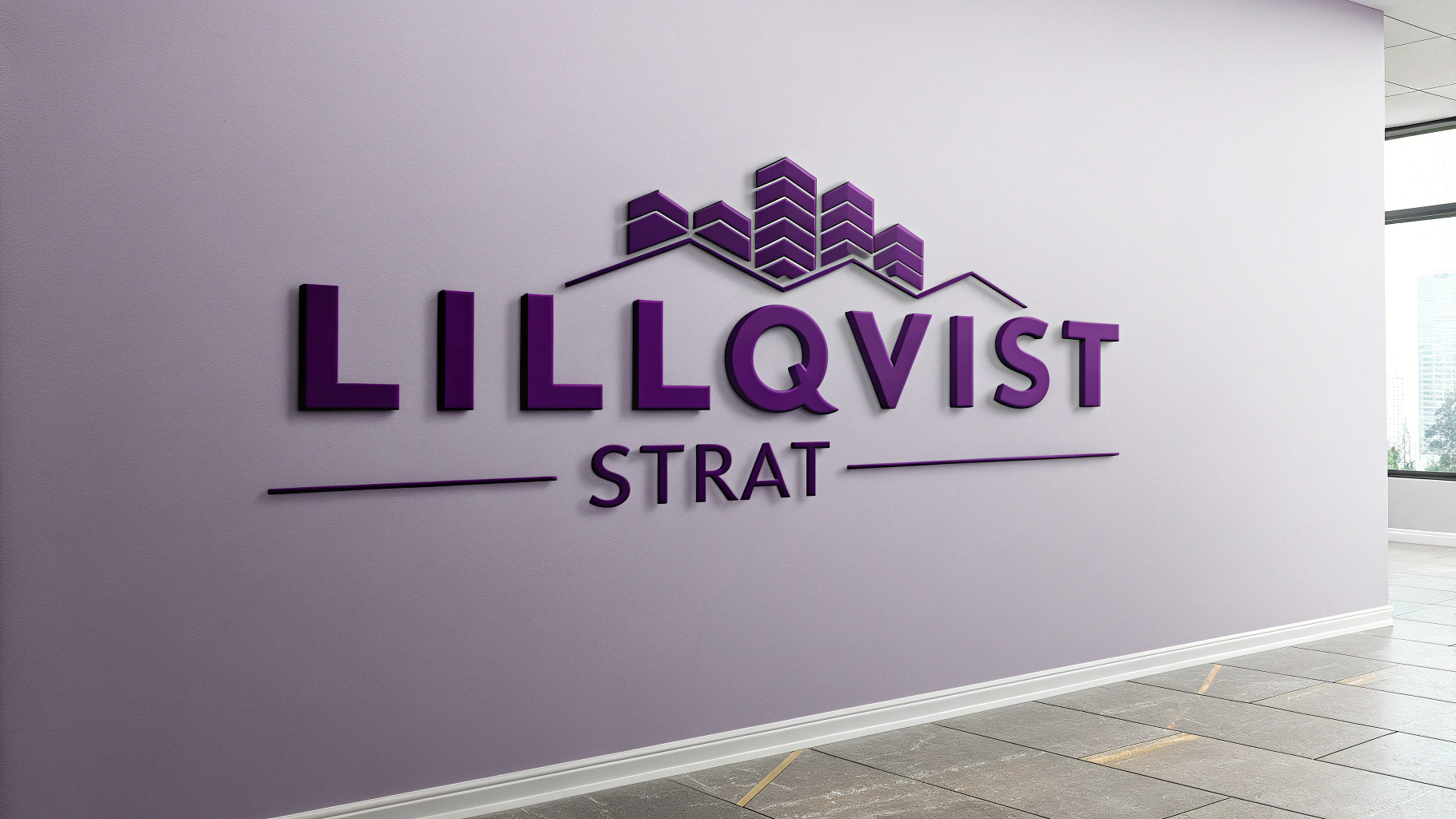Navigating large grocery stores can often be a daunting task, especially when customers are looking for specific products. By implementing AI-based in-store navigation systems, grocery retailers can provide a seamless and efficient shopping experience, saving customers time and improving satisfaction. These systems guide shoppers in real-time, showing them the quickest path to their desired items while also updating inventory information.
Here’s how AI-powered in-store navigation can benefit grocery stores and their customers:
1. AI-Based Navigation Apps for Shoppers
AI-driven navigation apps use a store’s layout and real-time data to guide customers efficiently. These apps can be integrated into a store’s mobile app, allowing customers to search for products and receive step-by-step directions to their locations within the store.
Key Features:
- Product Search: Customers can search for products within the app.
- Navigation: The app provides turn-by-turn directions to help shoppers find the item’s aisle and shelf.
- Real-Time Updates: Customers are informed if the item is out of stock or relocated within the store.
Example Code for Simple Navigation System:
import pandas as pd
import numpy as np
# Simulated store layout data
store_layout = {
'Aisle 1': ['Apple', 'Banana', 'Orange'],
'Aisle 2': ['Milk', 'Butter', 'Cheese'],
'Aisle 3': ['Bread', 'Cereal', 'Pasta'],
}
# Simulated customer search query
customer_query = 'Milk'
# Function to find product and navigate to aisle
def find_product(store_layout, product_name):
for aisle, products in store_layout.items():
if product_name in products:
return aisle, products.index(product_name)
return None, None
# Example usage: Search for 'Milk'
aisle, shelf_position = find_product(store_layout, customer_query)
if aisle:
print(f"Product '{customer_query}' found in {aisle}, shelf position {shelf_position}")
else:
print(f"Product '{customer_query}' not found in the store")This simple example helps customers search for products and get aisle information, with real-time updates being fed to the app for further enhancements.
2. Real-Time Inventory Updates
AI-based systems can integrate with store inventory data to provide real-time updates to customers. For example, the app can notify shoppers if an item is out of stock or when it’s restocked, offering alternatives or suggesting nearby aisles with similar products.
Example Code for Inventory Tracking Integration:
# Simulated product inventory data
product_inventory = {
'Apple': 50, # Quantity in stock
'Banana': 30,
'Milk': 0, # Out of stock
}
# Function to check product availability
def check_availability(product_name):
return product_inventory.get(product_name, 0) > 0
# Example usage: Check availability of 'Milk'
is_available = check_availability('Milk')
if is_available:
print("Product is available!")
else:
print("Sorry, this product is out of stock!")With real-time stock information, the system can alert the shopper immediately about product availability, improving the overall shopping experience.
3. Improved In-Store Shopping Experience
Providing customers with real-time, accurate in-store navigation not only saves them time but also makes the shopping process more enjoyable. Shoppers can quickly find their desired items without unnecessary backtracking, reducing frustration and enhancing customer loyalty.
Additionally, by utilizing AI, stores can further personalize the shopping experience by recommending related or complementary products based on a customer’s shopping history or preferences.
Example Code for Personalized Recommendations:
# Simulated customer shopping history
shopping_history = ['Banana', 'Milk']
# Simulated product recommendations based on shopping history
recommendations = {
'Banana': ['Peanut Butter', 'Yogurt'],
'Milk': ['Cereal', 'Cookies'],
}
# Function to generate product recommendations
def generate_recommendations(shopping_history):
suggested_products = set()
for item in shopping_history:
suggested_products.update(recommendations.get(item, []))
return list(suggested_products)
# Example usage: Generate recommendations for a customer
customer_recommendations = generate_recommendations(shopping_history)
print(f"Recommended products for you: {customer_recommendations}")In this example, the system suggests complementary products based on the customer’s previous shopping behavior, increasing the likelihood of cross-selling and improving customer satisfaction.
4. Optimize Store Layouts with AI Insights
AI-based systems can analyze the flow of foot traffic in stores and help optimize store layouts for better product visibility and customer experience. By tracking which aisles are visited the most, stores can adjust the placement of high-demand items to make them more accessible and improve sales.
Example of Analyzing Foot Traffic for Store Layout Optimization:
# Simulated foot traffic data (aisle visits)
foot_traffic = {
'Aisle 1': 200, # Number of visits
'Aisle 2': 150,
'Aisle 3': 180,
}
# Function to suggest optimal placement based on foot traffic
def optimize_layout(foot_traffic):
# Sort aisles by most visited to least visited
sorted_aisles = sorted(foot_traffic.items(), key=lambda x: x[1], reverse=True)
return sorted_aisles
# Example usage: Optimize store layout based on foot traffic
optimized_aisles = optimize_layout(foot_traffic)
print(f"Optimized store layout: {optimized_aisles}")This approach uses AI to analyze foot traffic patterns, allowing stores to adjust the placement of products based on customer behavior and preferences.
AI-powered in-store navigation enhances the customer shopping experience by providing real-time directions, inventory updates, and personalized recommendations. Implementing such systems can help grocery stores reduce the time customers spend searching for items, increase sales through recommendations, and streamline store layouts for optimal traffic flow.
Let Lillqvist Strat help you integrate AI-driven in-store navigation into your grocery store. Our tailored solutions will help improve your customers’ shopping experiences while driving sales and efficiency.

Lillqvist Strat consults on business developement, software projects, automation, SOPs, analytical tools and more.
Contact me today to get started on our journey to higher profits, more revenue and happier employees!
Go to Contact now



